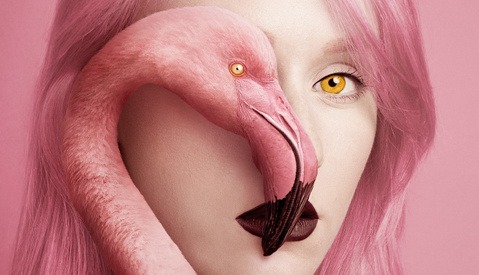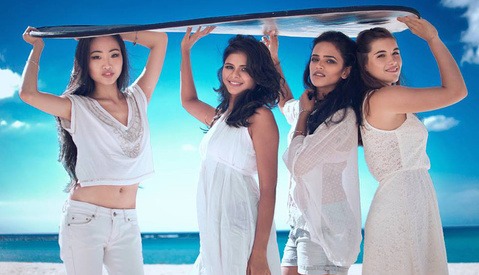I've been shooting real estate for about two years now. Today, I am shooting for my company, Simply Visual Productions, and another company, Jump Visual, which has been around for many years, and because of them, I have learned so much about working in this field. I have shot hundreds of homes and met many new people and worked with them to create photos that sell a home or space. I think it is funny that I do this because when someone thinks photography, I feel like real estate photography is the last thing they would think of. Aside from the photography aspect, I see aerial and video becoming more and more popular, which is one reason I have such an interest in it.

















































